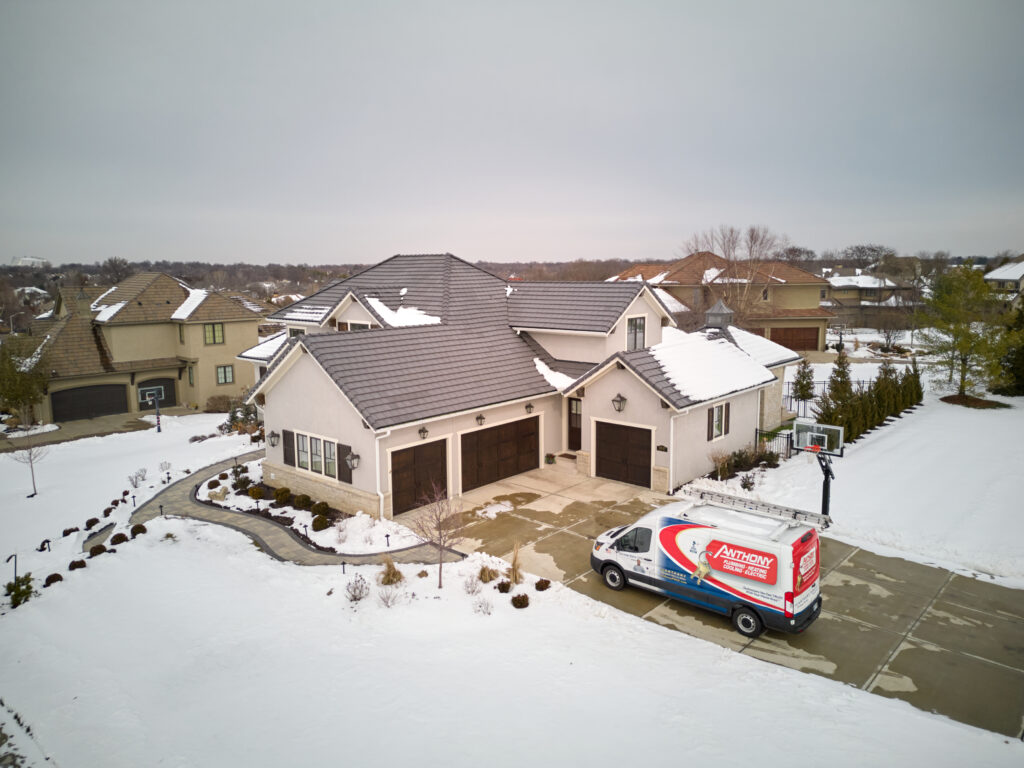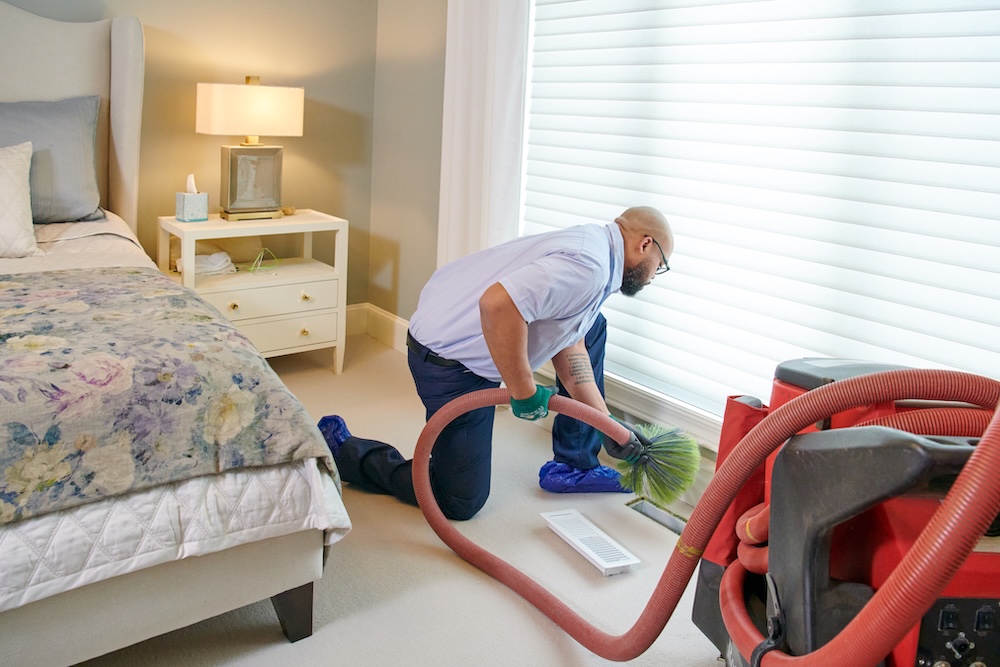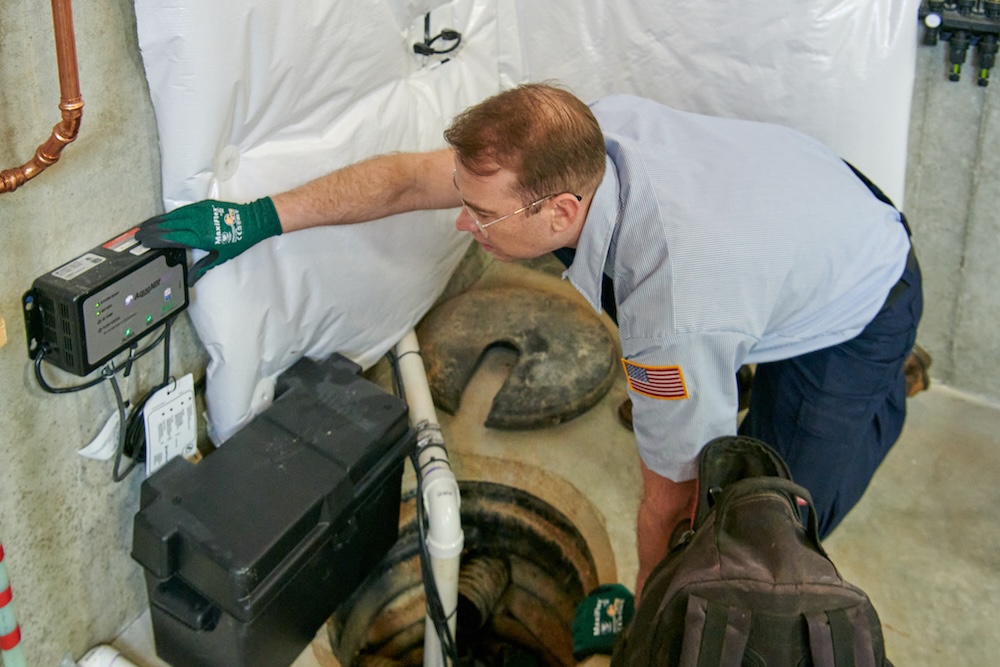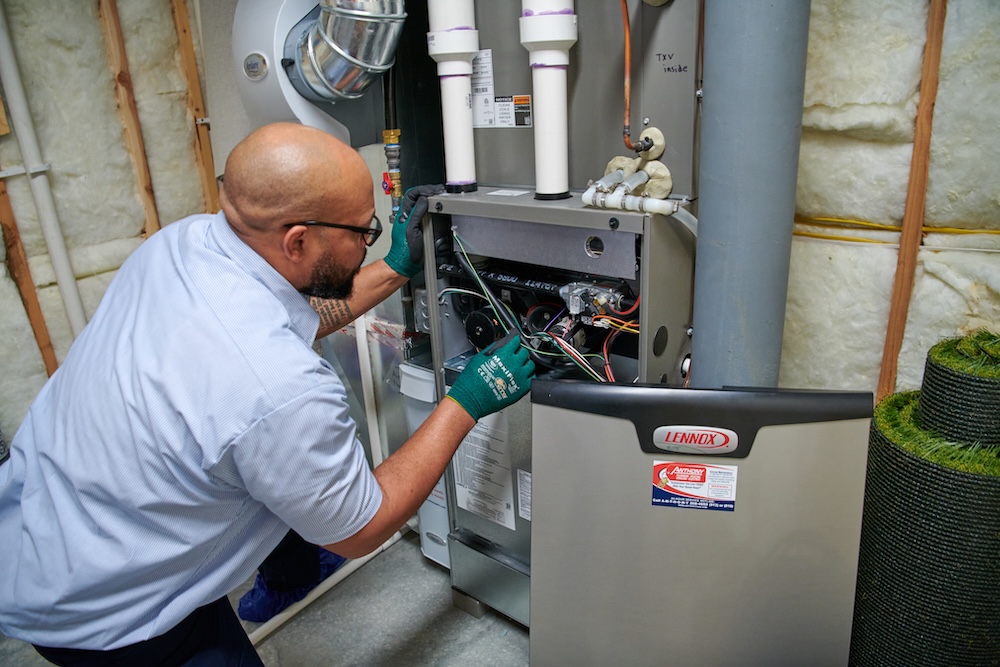BLOG
8 Signs You Need a Furnace Repair Before Kansas City Winter Hits

Every fall, I tell myself I will test the furnace before winter shows up. Then that first cold morning hits Kansas City, the air smells like frost, and I cross my fingers waiting for the vents to warm up. Some years, I am lucky. Other times, I hear that click, and nothing happens.
If you have lived here long enough, you know how fast Kansas City weather turns. One day it is fifty degrees and sunny, the next there is frost on the car and you are digging out space heaters. When the furnace shuts down during a Kansas City cold spell, the chill sets in fast and the whole house feels it.
Here is what to watch for before winter settles in for good.
1. Uneven Heat Around the House
You walk into one room, it is warm. The next feels like the windows are open. That is usually a sign your furnace is not moving air evenly. It could be the ducts, the blower, or a dirty filter choking airflow.
When the system has to work harder to push air around, it burns more fuel and wears down faster. A quick furnace tune-up before cold weather hits can get the airflow balanced again.
2. New Noises You Have Not Heard Before
Bangs, squeals, rattles, whatever the sound is, it usually is not good. A belt might be loose, a motor could be starting to fail, or something simple could be out of alignment.
Small noises turn into big repairs if you wait. The National Fire Protection Association reports that heating equipment is still a leading cause of house fires, so if you hear something off, it is worth checking now instead of mid-January.
3. Energy Bills Creeping Up
If your gas or electric bill jumps but your habits have not changed, it might not be the utility company, it might be your furnace. Dirty filters, aging parts, or a system losing efficiency all make the unit run longer to keep up.
Older furnaces run at about 60 percent efficiency, while new ENERGY STAR models reach up to 98 percent. That gap shows up fast on Kansas City bills, especially when the furnace runs around the clock.
4. The Furnace Keeps Starting and Stopping
Short cycling, when the furnace kicks on and off every few minutes, wears down parts quickly. It could be a bad thermostat, a blocked filter, or overheating inside the system.
If you hear that constant on-off pattern, get it looked at soon. It is one of those things that can snowball into a full breakdown if ignored.
5. Weak or Cold Air Coming from the Vents
You expect a wave of warm air, but it feels like a light breeze instead. That can mean the blower motor is fading, a duct has a leak, or the system is not firing correctly.
With Kansas City winters dropping below freezing, you will feel the difference fast. It is easier and cheaper to fix airflow problems before they turn into no heat at all.
6. A Yellow Pilot Light Instead of Blue
Take a quick look at your pilot flame. It should burn steady and blue. A yellow or flickering flame means it is not burning clean, which can create carbon monoxide.
This one is serious. Turn the system off and call an emergency heating contractor right away. It is not something to wait on or try to fix yourself.
7. Your Furnace Is Older Than 15 Years
Most furnaces last between fifteen and twenty years, and that is with good maintenance. Once yours hits that range, efficiency starts to drop, and repairs come more often.
If it feels like every winter brings a new problem or your bills are higher than last year, it might be time to start comparing options for a furnace replacement.
8. Strange Smells You Cannot Explain
A little dust smell is normal when you first turn on the heat for the season. But if you smell something burning that does not go away, or a musty or gas odor, that is different.
Burning smells can mean parts are overheating. Musty odors can point to mold in the ducts. Gas smells are an emergency. Shut the system down, leave the house, and call for help.
Why It Pays to Act Early
Kansas City has one of those climates where you do not get much warning before winter shows up. By the time the first real cold front hits, heating companies all over the metro are already booked.
Fixing small issues now means you skip the rush and avoid paying for emergency service later. ENERGY STAR reports that regular maintenance and timely repairs can improve efficiency by up to 15 percent and prevent surprise breakdowns.
Repair or Replace?
If your furnace is newer, still under warranty, and the issue is small, repairs make sense. But if it is over fifteen years old, breaking down often, or just not heating like it used to, a replacement could save you money long-term. New ENERGY STAR furnaces can reach 98 percent efficiency, cutting fuel waste and lowering heating bills through a Kansas City winter.
Stay Ahead of the Cold
Don't wait for that first cold snap to find out your furnace needs help. At Anthony Plumbing, Heating, Cooling & Electric, we have been keeping Kansas City homes warm for over seventy years. Schedule your furnace check or repair today and head into winter knowing your system is ready for the season ahead.
Schedule Online




